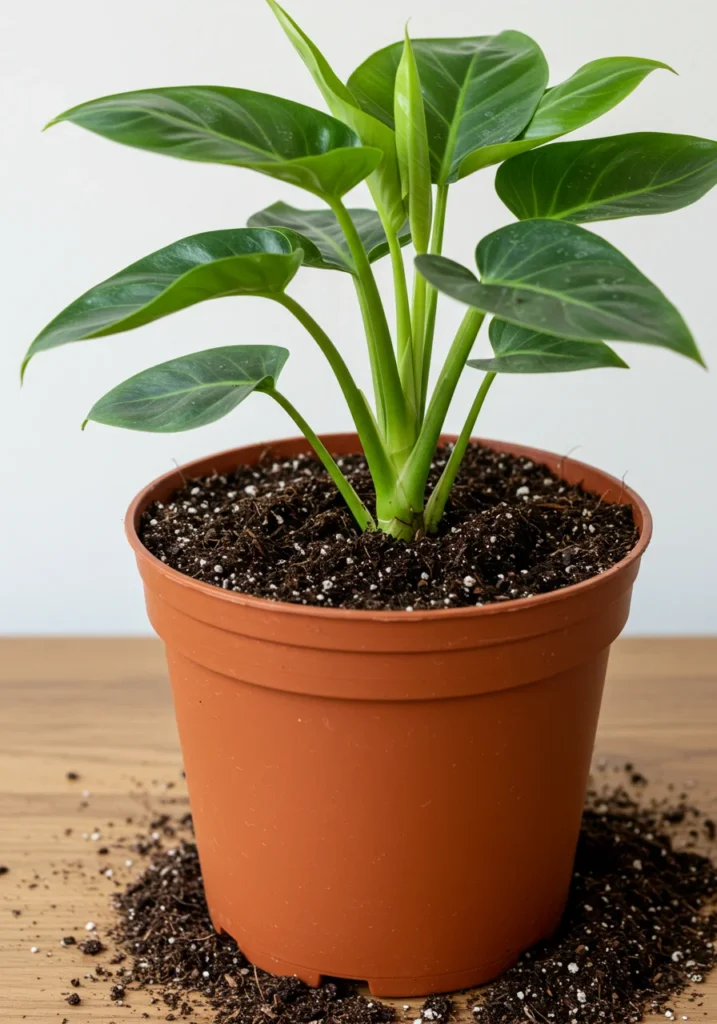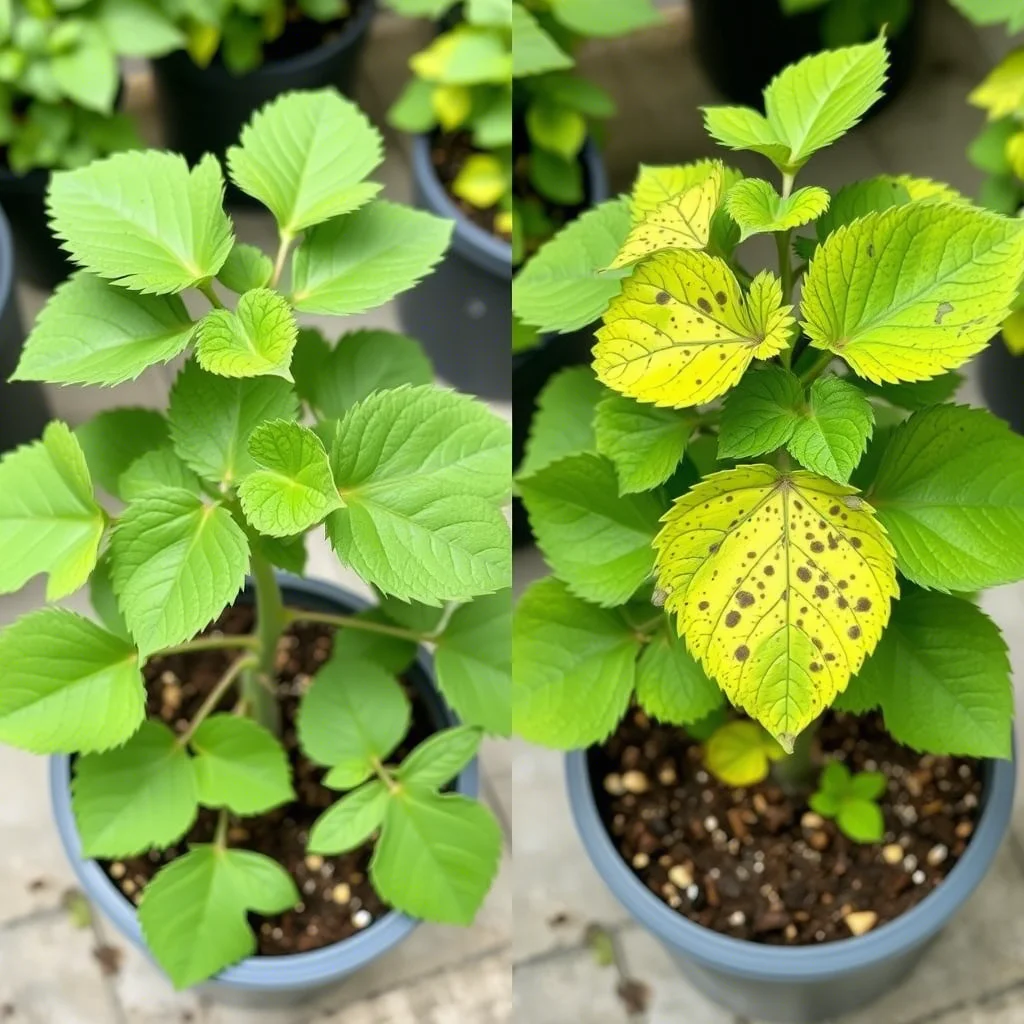Growing your own blueberries in containers is a rewarding way to enjoy fresh, juicy berries—even if you have limited space. Whether you’re growing on a balcony, patio, or backyard, container gardening makes it easy to control soil conditions and care for your plants. With the right techniques, you can grow healthy bushes that yield an impressive harvest year after year.

Why Grow Blueberries in Containers?
- Perfect for small spaces like patios, balconies, or urban gardens
- Full control over soil pH and nutrients
- Easy mobility to protect from extreme weather
- Fewer pests and diseases compared to in-ground planting
- Attractive ornamental value with colorful foliage
Step 1: Choose the Right Blueberry Variety
Not all blueberries are created equal. Some thrive better in pots than others.

Best Varieties for Container Growing:
✅ Tip: Choose a self-pollinating variety if you only have space for one plant. For bigger yields, plant two different varieties for cross-pollination.
Step 2: Select the Right Container

Blueberries need room to grow and proper drainage.
Recommended Container Size:
- Minimum size: 18–24 inches (45–60 cm) in diameter and depth
- Ideal size: 20–25 gallons per mature bush
Container Materials:
⚠️ Note: Always use containers with multiple drainage holes to avoid waterlogging.
Step 3: Use the Right Soil Mix
Blueberries are fussy about soil—they love acidic, well-draining soil rich in organic matter.
Ideal Soil Recipe:
- 40% peat moss or coconut coir
- 30% pine bark fines
- 30% perlite or vermiculite
Avoid using regular garden soil—it compacts easily and may not provide the correct pH level.

Soil pH Requirements:
- Target pH: 4.5–5.5
- Test your soil using a pH meter or test kit
- Adjust pH with elemental sulfur (to lower) or lime (to raise)

Pro Tip: Add a handful of coffee grounds or pine needles as mulch to help maintain acidity.
Step 4: Plant Your Blueberry Bush

Best Time to Plant:
- Spring or early fall , when the plant is dormant
How to Plant:
- Fill the pot ⅔ full with soil mix.
- Gently loosen roots from the nursery pot.
- Place the plant at the same depth as it was in the original pot.
- Fill around the roots with soil, pressing lightly.
- Water thoroughly until water drains out.
Step 5: Watering and Fertilizing
️ Watering Tips:
- Keep soil consistently moist but not soggy
- Water deeply when the top inch of soil feels dry
- Use rainwater or filtered water —tap water can be too alkaline
Fertilizer Schedule:
⚠️ Warning: Never use fertilizers meant for roses or vegetables without checking the pH suitability.
☀️ Step 6: Provide Proper Light and Climate
- Sunlight Requirement: 6–8+ hours of direct sun daily
- Ideal Temperature: 60–85°F (15–29°C)
- In cold climates, move pots indoors during winter
- In hot climates, provide afternoon shade to prevent leaf scorch
✂️ Step 7: Prune for Maximum Yield
Pruning encourages strong growth and more berries.

️ Pruning Guidelines:
- Time: Late winter or early spring before new growth
- Remove:
- Dead, damaged, or crossing branches
- Old unproductive wood
- Weak shoots from the base
Result: Better air circulation, stronger branches, and larger berries!
Step 8: Encourage Pollination
Even though some blueberries are self-fertile, cross-pollination increases yield .
Ways to Boost Pollination:
- Plant two different varieties that bloom at the same time
- Attract bees with nearby flowering plants (like lavender or borage)
- Gently shake flowers by hand during bloom to release pollen
Step 9: Pest and Disease Control

Common Pests:
- Aphids
- Spider mites
- Birds (they love ripe berries!)
Diseases to Watch For:
- Powdery mildew
- Root rot
- Leaf spot
️ Prevention Tips:
- Use neem oil or insecticidal soap for pests
- Keep area clean and free of fallen leaves
- Ensure good airflow with proper pruning
Bonus Tip: Cover plants with bird netting during harvest season.
Step 10: Harvest Your Berries

When to Pick:
- Berries turn fully blue and come off easily with a gentle tug
- Taste test for sweetness
Storage Options:
❄️ Step 11: Winter Care and Year-Round Maintenance

Overwintering in Cold Climates:
- Move pots to an unheated garage or basement
- Wrap pots with burlap or bubble wrap for insulation
- Water occasionally to keep roots from drying out
Spring Transition:
- Move plants outdoors gradually after last frost
- Top-dress with fresh compost or acidic potting mix
Troubleshooting Common Problems
Bonus Tips for Success
- Use companion plants like mint, thyme, or marigolds to deter pests
- Add Epsom salt (1 tbsp/month) to boost magnesium levels
- Rotate pots regularly to ensure even light exposure
- Label your plants for easy tracking and care
Final Thoughts
Growing a huge blueberry harvest in a container is totally achievable with the right care. From choosing the best variety to maintaining proper pH and watering routines, each step plays a role in your success. Whether you’re a beginner or seasoned gardener, container-grown blueberries offer beauty, flavor, and satisfaction—all in one neat package.
Happy growing—and enjoy your sweet, homegrown berries!

